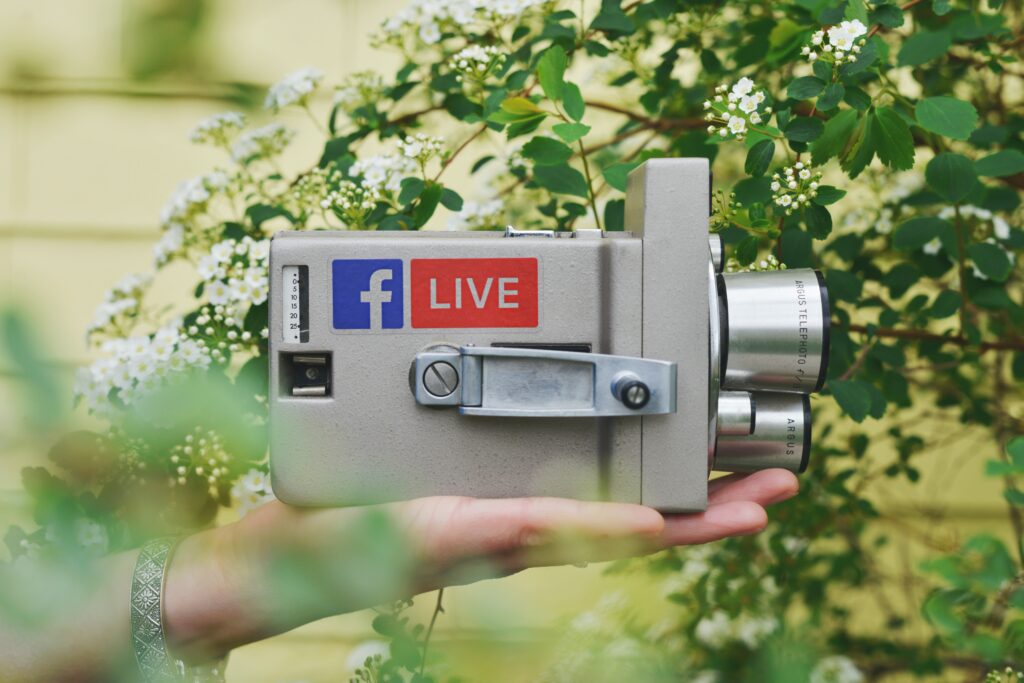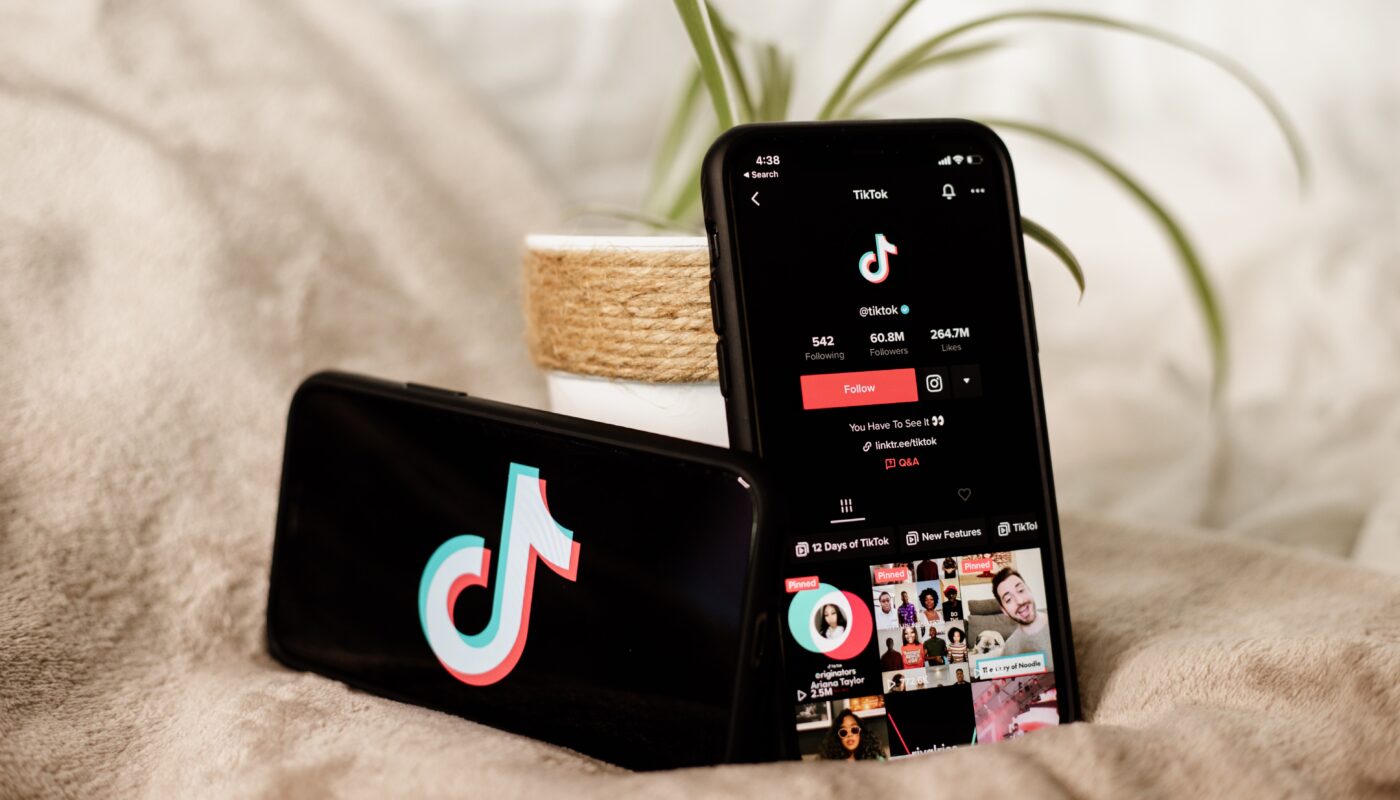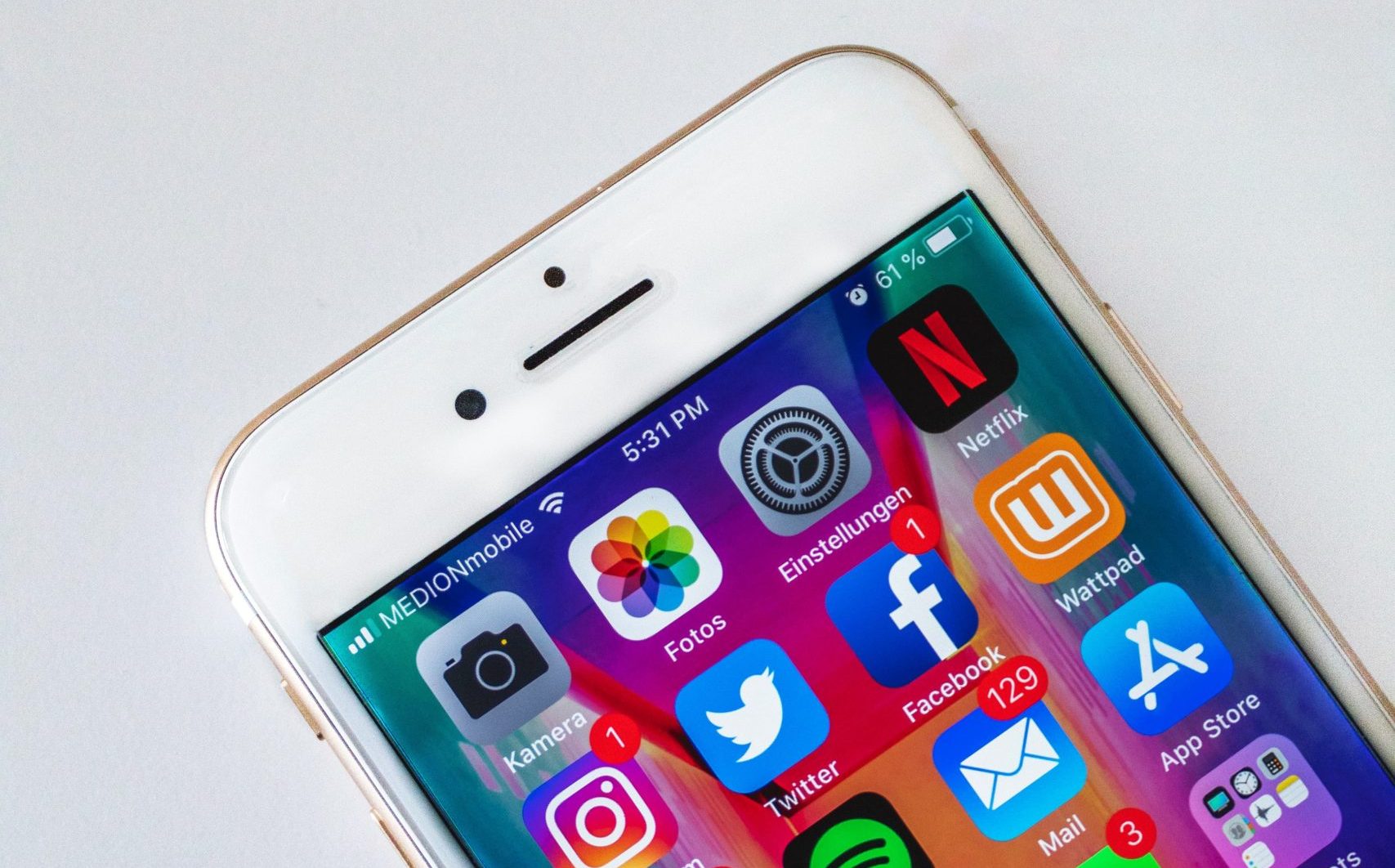By Sammy Marten
Since Russia’s invasion of Ukraine last year, people have been watching this conflict unfold through many social media platforms, like Twitter, Instagram,TikTok, and TikTok Lives. This is the first ever war that the general public are able to interact with through our own phone screens. Ukrainian soldiers are posting videos of fighting and explosions that play out in nearly real time. We are experiencing the war very viscerally for the first time ever. We are able to experience this war, unedited with TikTok lives and videos that allow the general public to view this dispute within seconds of them being posted.
However, the War on Ukraine hasn’t become a Social Media War because of the things we’re experiencing and the content being posted onto our small phone screens. The War on Ukraine has become a Social Media War because of how we’re interacting with this content, dissecting it, sharing it, disputing it, and using it to the public’s advantage as powerful ammunition to gather support.
“Social media is actually changing the way wars are fought today.” said political scientist Thomas Zeitzoff of American University in Washington, D.C.
There have been reports of TikTok being used as a platform for propaganda against Russia’s invasion of Ukraine. As social media platforms have become more powerful in the role of wars and other political issues, governments have either used them to their advantage or ban them, as Russia did. Social media can be used as a weapon that helps spread propaganda, stir resistance, recruit fighters, organization action, and increase disinformation.

Anna Tsukur is a Ukranian Social Media influencer that started building her business around fitness online many years ago. She appealed to her audience by speaking Russian since that’s what most of her followers spoke and understood. She gained most of her followers in that way. After Russia invaded Ukraine, she felt as an influencer she had to stand up and influence people about the war. She especially appealed to her Russian followers to protest their country’s actions by switching to Ukrainian, instead of speaking Russian. Like Tsukur, thousands of other influencers switched from speaking Russian to Ukrainian. As Russia was invading Ukraine in real time, other countries were invading Russia in a different way. They were invading through online resistance on Social Media platforms.
Not only are Ukrainian influencers fighting back using social media, but this resistance has spread to the West also. The White House held a special briefing on the War on Ukraine with TikTok stars such as 18-year-old Ellie Zeiler, who has over 10 million followers on TikTok.
Social media is a force to be reckoned with since it has consumed our society. Beyond serving as an educational resource, social media has been a space for digital activism that can even go as far as extremism or hate. Which is what we’re seeing as people interact with live videos or photos posted online about the War on Ukraine.
Connect with Sammy on LinkedIn




This was really interesting to read and I had never thought before about how unique this war is in that people can watch it in real time, unedited, from anywhere. I really liked the example used to convey how language itself is a form of protest for the war and I wonder how social media will continue to impact the conflict in the future.